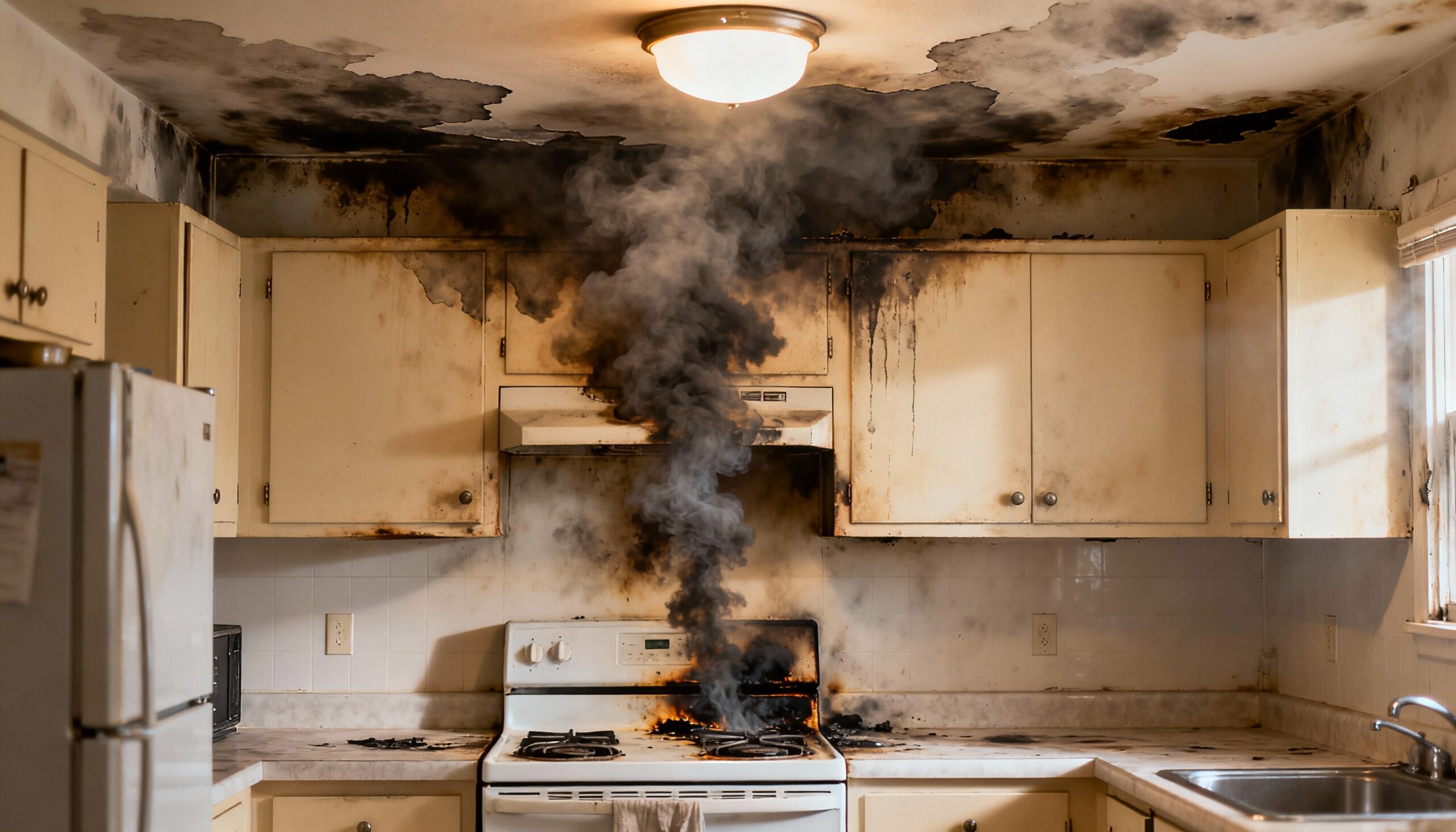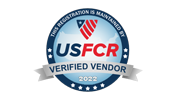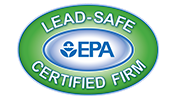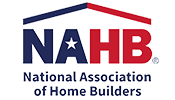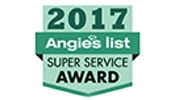Why Post-Fire Air Quality Testing Matters
Fire doesn’t just damage what you can see. When materials burn, they release hundreds of toxic compounds into the air. Plastics create dioxins, treated wood releases formaldehyde, and synthetic fabrics produce cyanide compounds. Even after visible smoke dissipates, microscopic particles remain suspended in your air and embedded in porous surfaces.
Smoke contamination affects more than just smell. These invisible pollutants include:
- Particulate matter (PM2.5 and PM10) – Tiny particles that penetrate deep into lungs
- Carbon monoxide – Colorless, odorless gas that can persist in enclosed spaces
- Volatile organic compounds (VOCs) – Chemicals from burned plastics, furniture, and building materials
- Polycyclic aromatic hydrocarbons (PAHs) – Cancer-causing compounds from incomplete combustion
- Formaldehyde – Released from burned wood products and insulation
- Asbestos fibers – If older building materials were involved in the fire
These contaminants don’t disappear on their own. They settle into carpets, upholstery, HVAC systems, and wall cavities where they continue releasing toxins for months or even years after a fire. In some cases, post-fire moisture from firefighting efforts can create additional problems like mold growth that requires professional remediation.
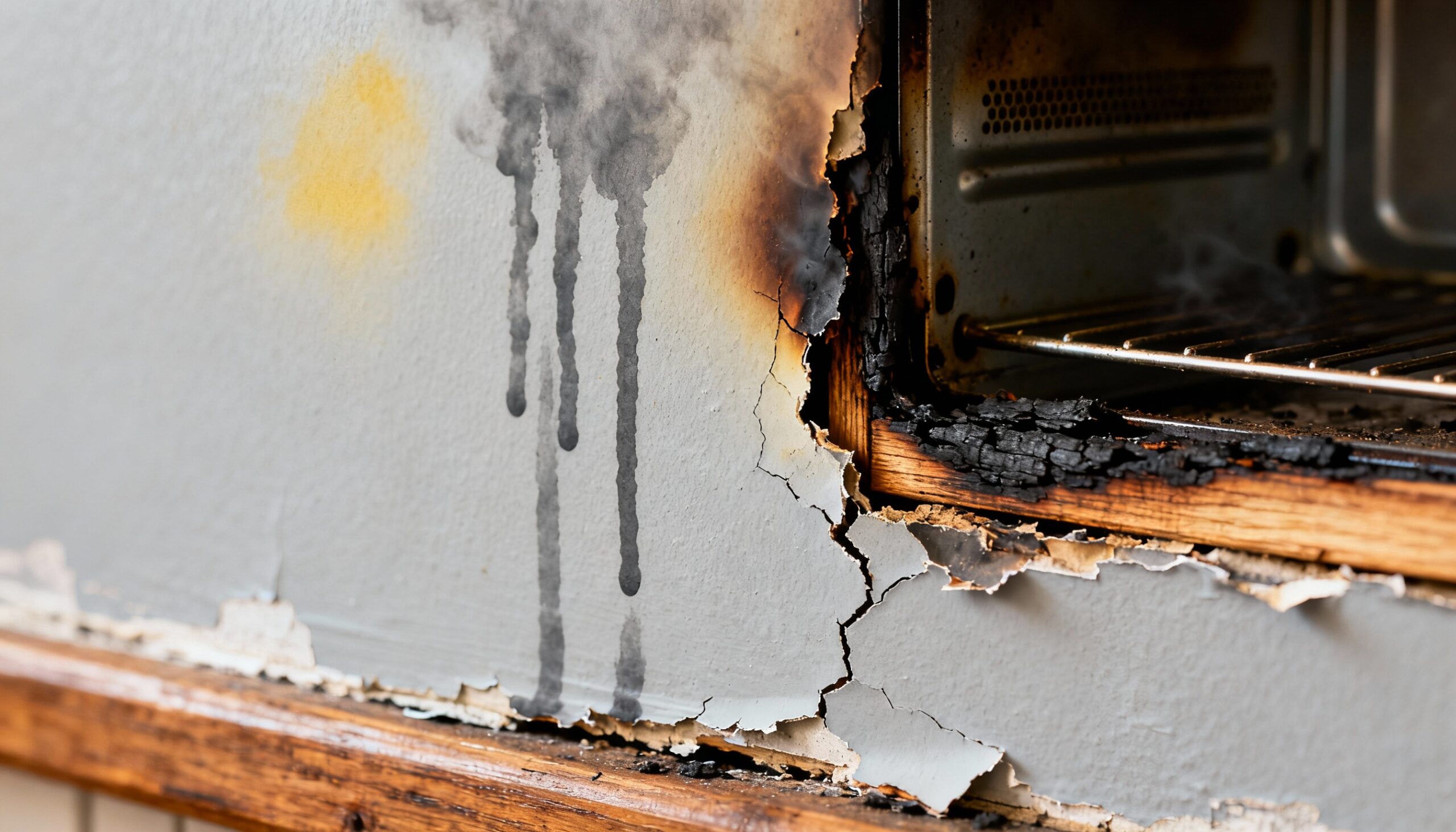
Health Risks of Poor Post-Fire Air Quality
Exposure to contaminated air after fire damage creates both immediate and long-term health concerns. Understanding these risks explains why air quality testing isn’t optional – it’s essential protection for your family.
Short-Term Health Effects
Within hours to days of exposure, residents may experience:
- Persistent coughing and throat irritation
- Watery, burning eyes and sinus congestion
- Headaches and dizziness from carbon monoxide
- Skin rashes and allergic reactions
- Nausea and respiratory distress
- Aggravation of asthma and COPD symptoms
Children, elderly family members, and those with pre-existing respiratory conditions are especially vulnerable to these immediate effects.
Long-Term Health Consequences
Prolonged exposure to smoke contamination creates serious health risks:
- Chronic respiratory disease – Permanent lung damage from continued particle inhalation
- Cardiovascular problems – Fine particles enter bloodstream, affecting heart function
- Neurological effects – Carbon monoxide and VOC exposure can impact cognitive function
- Cancer risk – PAHs and other carcinogens increase cancer probability with ongoing exposure
- Immune system suppression – Constant inflammatory response weakens overall immunity
Professional air quality testing identifies these invisible threats before they cause lasting harm to your family’s health. If you’ve experienced fire damage, comprehensive fire and smoke damage restoration should always include thorough air quality assessment.
What Air Quality Testing Involves
Professional post-fire air quality assessment is a comprehensive process that goes far beyond opening windows and checking for smoke smell. Certified specialists use scientific equipment to measure specific contaminants and provide actionable data about your indoor environment.
🔬 Testing Methods and Equipment
Particulate Matter Monitoring
Specialists use laser particle counters to measure PM2.5 and PM10 concentrations. These devices provide real-time readings showing how many microscopic particles are suspended in your air. Safe levels should match outdoor ambient air or better.
VOC Testing
Photo-ionization detectors (PIDs) and gas chromatography identify volatile organic compounds released from burned materials. This testing reveals which specific chemicals are present and at what concentrations.
Carbon Monoxide Detection
Electronic sensors measure CO levels throughout your home, especially in enclosed spaces where this deadly gas can accumulate undetected.
Surface Testing
Technicians collect swab samples from walls, counters, and other surfaces to test for soot residue and chemical deposits that continue releasing airborne contaminants.
HVAC System Analysis
Your heating and cooling system can distribute fire contaminants throughout your entire home. Professionals inspect and test ductwork, filters, and system components for contamination.
⏱️ Testing Timeline
| Testing Phase | Time Required | What Happens | When It Occurs |
|---|---|---|---|
| Initial Assessment | 1-2 hours | Visual inspection, immediate readings | First visit after fire cleanup |
| Comprehensive Testing | 2-4 hours | Multiple locations, various contaminants | 24-48 hours after initial visit |
| Lab Analysis | 3-7 days | Detailed report of all contaminants | After sample collection |
| Post-Remediation Testing | 1-2 hours | Verify air quality meets safety standards | After cleaning/remediation complete |
When to Schedule Air Quality Testing
Immediate testing should occur in these situations:
✅ After any fire damage – Even small fires release toxic compounds
✅ Before family returns home – Never allow occupancy without professional clearance
✅ After insurance company’s initial inspection – Document conditions for claims
✅ If anyone experiences symptoms – Coughing, headaches, or irritation after fire
✅ Before beginning renovations – Avoid spreading contaminants during construction
✅ After professional cleaning – Verify remediation was successful
⚠️ Warning Signs Your Air Quality is Compromised
While testing is the only definitive way to assess indoor air safety, these symptoms indicate immediate professional evaluation is needed:
đŸ”´ Seek immediate air quality testing if you notice:
- Persistent smoke odor weeks after the fire
- Family members developing respiratory symptoms
- Visible soot residue reappearing after cleaning
- Unusual odors from HVAC system operation
- Discoloration on walls or ceilings
- Pets showing signs of respiratory distress
- Worsening of asthma or allergies
- Metallic or chemical taste in the air
These warning signs indicate that smoke contamination is still present and actively affecting your environment.
Understanding Your Air Quality Test Results
Professional testing companies provide detailed reports showing specific contaminant levels compared to safety standards. Here’s what to look for in your results:
Key Measurements
Particulate Matter (PM2.5)
Safe indoor levels should be below 12 μg/m³ (micrograms per cubic meter). Readings above 35 μg/m³ are unhealthy for sensitive groups, and anything over 55 μg/m³ is unhealthy for everyone.
VOC Levels
Total VOC concentration should be under 500 ppb (parts per billion) for safe indoor air. Post-fire environments often show readings of 10,000 ppb or higher, requiring immediate remediation.
Carbon Monoxide
Any reading above 9 ppm (parts per million) requires immediate action. Safe levels for continuous exposure are below 1 ppm.
Specific Carcinogens
Your report should list detected PAHs, benzene, formaldehyde, and other known cancer-causing agents. Any detection of these compounds requires professional remediation.
What Happens If Testing Reveals Contamination
When air quality testing shows contamination above safe levels, professional remediation becomes necessary. This isn’t a DIY project – specialized equipment and techniques are required to properly clean your indoor environment.
Professional Remediation Process
1. Containment
Specialists seal off affected areas to prevent contaminant spread during cleaning. Negative air pressure systems ensure particles don’t escape to clean zones.
2. HVAC System Cleaning
Your entire heating and cooling system receives thorough cleaning, including duct sanitization, filter replacement, and component decontamination. This prevents system from continuously recirculating pollutants. Professional contents cleaning and restoration ensures every affected component is properly decontaminated.
3. Surface Decontamination
Professional-grade cleaning solutions remove soot, chemical residues, and particle deposits from all surfaces. This includes walls, ceilings, floors, and all furnishings. For severe contamination scenarios, specialized biohazard cleanup protocols may be necessary to ensure complete decontamination.
4. Air Scrubbing
Industrial air scrubbers with HEPA and activated carbon filters run continuously to capture airborne particles and chemical vapors. This process typically continues for several days.
5. Thermal Fogging
Specialized deodorization treatment penetrates porous materials to neutralize odor-causing compounds at the molecular level.
6. Post-Remediation Verification
Follow-up testing confirms that all contaminant levels have been reduced to safe ranges before your family returns home.
đŸ›Ąïž Protecting Your Family During the Process
While waiting for testing results and during remediation, take these safety precautions:
Do not occupy the property until professional clearance is given. Even if insurance pressures you to return, your health isn’t worth the risk.
Secure all food and medications from the affected area. Porous packaging can absorb contaminants.
Avoid DIY cleaning attempts before testing. You could spread contaminants or disturb hazardous materials like asbestos.
Keep pets away from the property. Animals are especially sensitive to air quality issues.
Document everything with photos and copies of all testing reports for insurance claims.
Prevention: Reducing Future Fire Risks
While post-fire air quality testing addresses current contamination, taking prevention measures reduces the likelihood of future incidents:
- Install interconnected smoke detectors on every level
- Keep fire extinguishers in kitchen, garage, and near bedrooms
- Have chimneys and dryer vents professionally cleaned annually
- Never leave cooking unattended
- Maintain electrical systems and replace worn cords
- Store flammable materials properly in ventilated areas
- Create and practice a family fire escape plan
🔮 Long-Term Air Quality Monitoring
After remediation and clearance, consider ongoing monitoring to ensure indoor air safety remains optimal:
Install air quality monitors that track particulates, VOCs, and CO levels. Smart devices can alert you to changes requiring attention.
Schedule annual HVAC maintenance including duct inspection and filter upgrades to higher MERV ratings.
Use air purifiers with true HEPA filters and activated carbon in bedrooms and main living areas.
Maintain proper ventilation by running bathroom and kitchen exhaust fans during and after use.
đŸ”ž When to Call Advanced DRI
đŸ”´ Contact professional restoration specialists immediately if:
- Your home has experienced any fire damage, regardless of size
- Family members are experiencing respiratory symptoms or health concerns
- You can smell smoke or detect unusual odors weeks after a fire
- You need comprehensive air quality testing and certified results
- Testing reveals contamination requiring professional remediation
- Insurance requires documentation of post-fire conditions
- You’re preparing to reoccupy your home after fire damage
Advanced DRI provides complete air quality testing services with certified technicians, state-of-the-art equipment, and comprehensive reporting. We work directly with insurance companies and provide the documentation you need for claims. Our remediation specialists can address any contamination discovered, returning your home to safe living conditions.
Don’t gamble with your family’s health. Call Advanced DRI at (801) 999-4155 for 24/7 emergency response and professional air quality assessment. We serve residential properties throughout the region with fast response times and proven remediation techniques.
Frequently Asked Questions
How long after a fire can I safely enter my home?
Never enter until fire officials declare it structurally safe AND professional air quality testing confirms contaminant levels are within safe ranges. This typically takes 3-7 days minimum after the fire is extinguished. Even small fires can create dangerous air quality conditions that persist for weeks without proper remediation.
Can I do air quality testing myself with consumer devices?
Consumer-grade air quality monitors cannot detect the full range of fire-related contaminants or provide legally valid results for insurance claims. Professional testing uses laboratory-grade equipment that measures specific carcinogens, VOCs, and particulates at much lower detection limits. For post-fire situations, always use certified professionals who can provide comprehensive reports.
Will my insurance cover air quality testing after fire damage?
Most homeowner policies cover necessary testing and remediation as part of fire damage restoration. Contact your insurance adjuster immediately after the fire to understand your coverage. Professional restoration companies typically work directly with insurers and can help document all necessary testing for your claim.
How often should air quality be retested after remediation?
Immediate post-remediation testing verifies the cleaning was successful. Follow-up testing 30 days later confirms no contaminants are re-emerging from hidden sources. If initial remediation revealed heavy contamination, quarterly testing for the first year provides peace of mind that indoor air safety is maintained.
What’s the biggest mistake homeowners make after fire damage?
Returning home too quickly without professional air quality clearance is the most dangerous mistake. Many assume that once visible smoke clears and they’ve done some cleaning, the home is safe. Invisible contaminants remain active for months, causing serious health problems. Always get professional testing before reoccupying any fire-damaged property.

